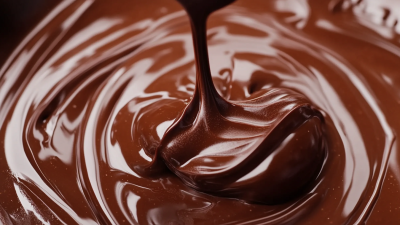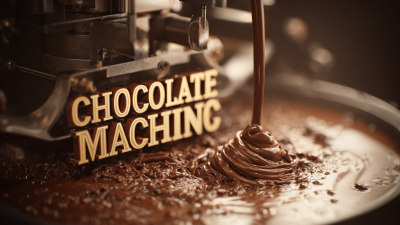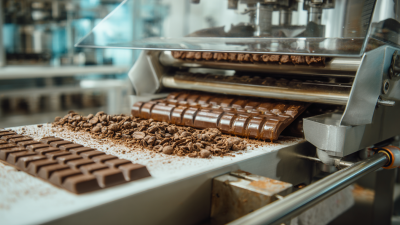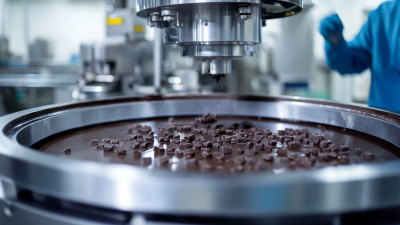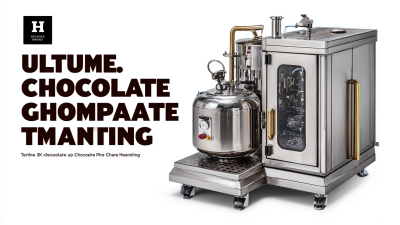In the dynamic landscape of the chocolate manufacturing industry, optimizing production efficiency is paramount to maximizing output and ensuring profitability. With global chocolate consumption projected to reach 8.5 million metric tons by 2025, the demand for high-quality chocolate has never been greater (International Cocoa Organization, 2021). A Chocolate Making Machine plays a crucial role in this optimization process, offering advanced features that streamline production while minimizing waste.
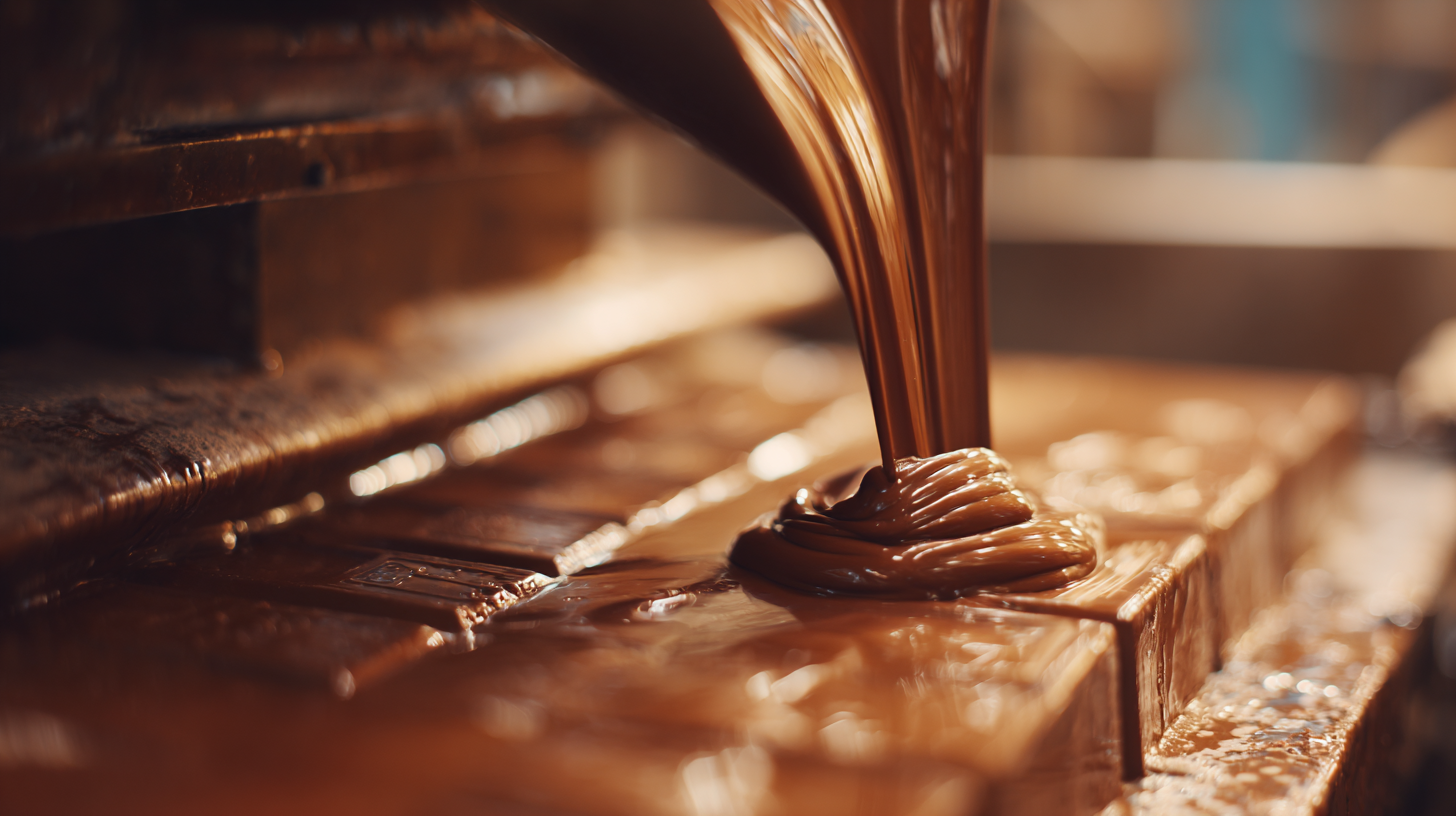
According to a recent report by Technavio, the global chocolate processing equipment market is expected to grow by USD 1.5 billion from 2021 to 2025, underscoring the importance of leveraging technology in production. By effectively utilizing a Chocolate Making Machine, manufacturers can not only enhance their production capabilities but also adapt to evolving consumer preferences, ensuring they remain competitive in a thriving market.
Optimizing production efficiency in chocolate manufacturing is crucial, especially as the chocolate cookie market experiences substantial growth. With a market size valued at $210 million in 2022 and projected to reach $350 million by 2030, the chocolate industry is on a strong upward trajectory, boasting a compound annual growth rate (CAGR) of 6.5% from 2024 to 2030. To stay competitive in this booming market, manufacturers must identify and implement key factors that enhance production efficiency.
One essential factor is the quality of the chocolate making machine. Selecting a machine that offers precise temperature control and consistent mixing can significantly impact the quality of the end product. Additionally, regular maintenance and upgrades to the machinery can prevent downtime and ensure a smooth production flow.
**Tips:** Focus on investing in machines equipped with automation features, as they can reduce labor costs while increasing output. Additionally, consider streamlining the production process by optimizing ingredient sourcing to minimize waste and improve overall efficiency. By honing in on these elements, manufacturers can maximize output while meeting the growing demand in the chocolate cookie market.
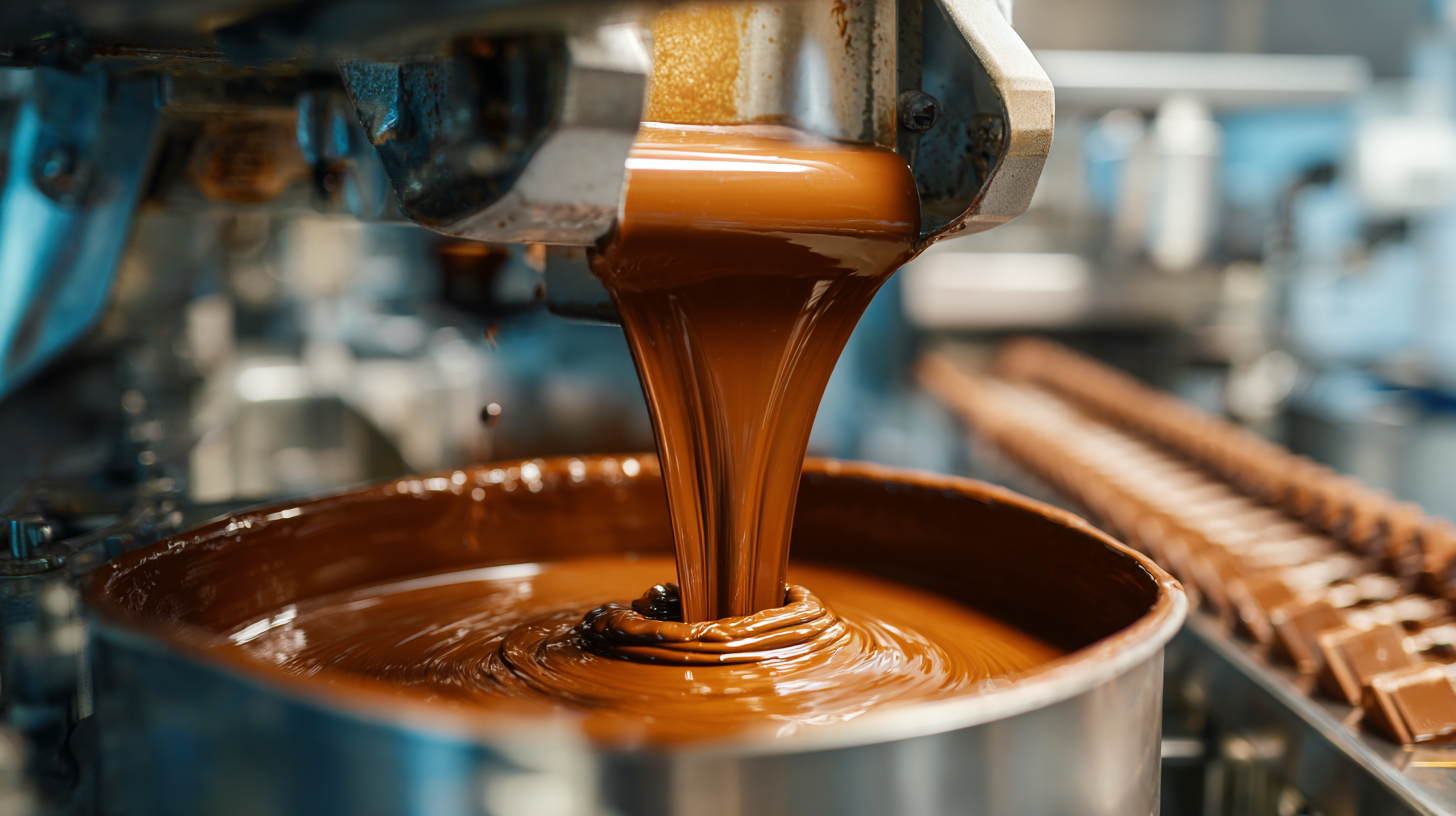
Selecting the ideal chocolate making machine is a crucial step in enhancing production efficiency and meeting market demands. With the growing popularity of vegan chocolates and diverse product lines, manufacturers need to choose machines that facilitate innovation and flexibility. It is essential to consider the machine's capacity, versatility, and the specific features that align with your product offerings. For instance, look for machines that can handle different ingredients or create unique shapes, which can help in setting your brand apart in a competitive market.
Tips: Always assess the scalability of the chocolate making machine. As market trends shift, you want a machine that can adapt to changes in production volume without compromising quality. Additionally, evaluate the ease of maintenance and support from manufacturers, as these can significantly impact your operational efficiency.
By investing in the right chocolate making machine, businesses can not only maximize output but also enhance their product offerings, catering to the evolving preferences of consumers. Emphasizing customization, such as the capabilities for 3D chocolate printing, could potentially captivate a broader audience looking for unique edible experiences.
Implementing workflow optimization techniques in chocolate production can significantly enhance overall efficiency and output. One of the primary strategies involves analyzing and streamlining each stage of the chocolate-making process. Utilizing tools like value stream mapping allows manufacturers to identify bottlenecks and eliminate waste, paving the way for a smoother production flow. For example, standardizing equipment settings and procedures can minimize variability, ensuring that each batch meets quality standards without unnecessary delays.
Furthermore, integrating advanced technology into the workflow can lead to substantial improvements. Automating key processes, such as mixing and tempering, not only reduces labor costs but also increases precision. Implementing real-time monitoring systems can help track the production stages, allowing for immediate adjustments to maintain optimal conditions. Ultimately, by fostering collaboration among teams and continuously refining operational practices, chocolate producers can maximize output and enhance product quality, positioning themselves as leaders in a competitive market.
| Parameter | Description | Current Value | Target Value |
|---|---|---|---|
| Production Rate | Units produced per hour | 150 | 250 |
| Downtime | Average downtime per day | 2 hours | 0.5 hours |
| Material Waste | Percentage of raw material wasted | 5% | 2% |
| Energy Consumption | Energy used per unit produced | 3 kWh | 2 kWh |
| Employee Efficiency | Units produced per employee per hour | 30 | 50 |
Monitoring and maintaining the performance of a chocolate making machine is crucial for achieving consistent output and maximizing production efficiency. Regular inspections should be carried out to check for any wear and tear on critical components, such as mixing blades, molds, and heating elements. This proactive approach helps identify potential issues before they lead to costly downtime, thereby ensuring that the manufacturing process remains smooth and uninterrupted.
Another key aspect of maintaining machine performance is calibrating equipment settings to match production demands. This includes adjusting temperature controls, monitoring batch sizes, and fine-tuning mixing durations to optimize chocolate quality and output. Implementing a routine maintenance schedule that includes cleaning, lubrication, and part replacements will also significantly extend the machine's lifespan and reliability. By focusing on these monitoring and maintenance practices, manufacturers can achieve a stable production environment that ultimately enhances overall efficiency and output.
Training staff to operate chocolate making equipment effectively is crucial for optimizing production efficiency. First, a comprehensive training program should be implemented, focusing on the technical aspects of the machines as well as the overall chocolate production process. This program should not only cover the operation of the equipment but also emphasize the importance of maintenance, troubleshooting, and safety protocols. Regular hands-on training sessions can familiarize operators with the machinery, empowering them to handle any operational challenges that may arise.

Additionally, fostering an environment of continuous learning and skill enhancement is essential. By encouraging staff to share best practices and innovative techniques, you can create a knowledgeable workforce that can adapt to changes in production demands. Incorporating feedback mechanisms will further improve the training process, as employees who feel valued and engaged are likely to contribute positively to the efficiency of the chocolate-making process. Ultimately, investing in staff training ensures that your team is well-prepared to leverage the full capabilities of the chocolate making machinery, driving maximum output and quality.
